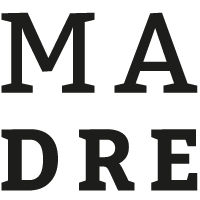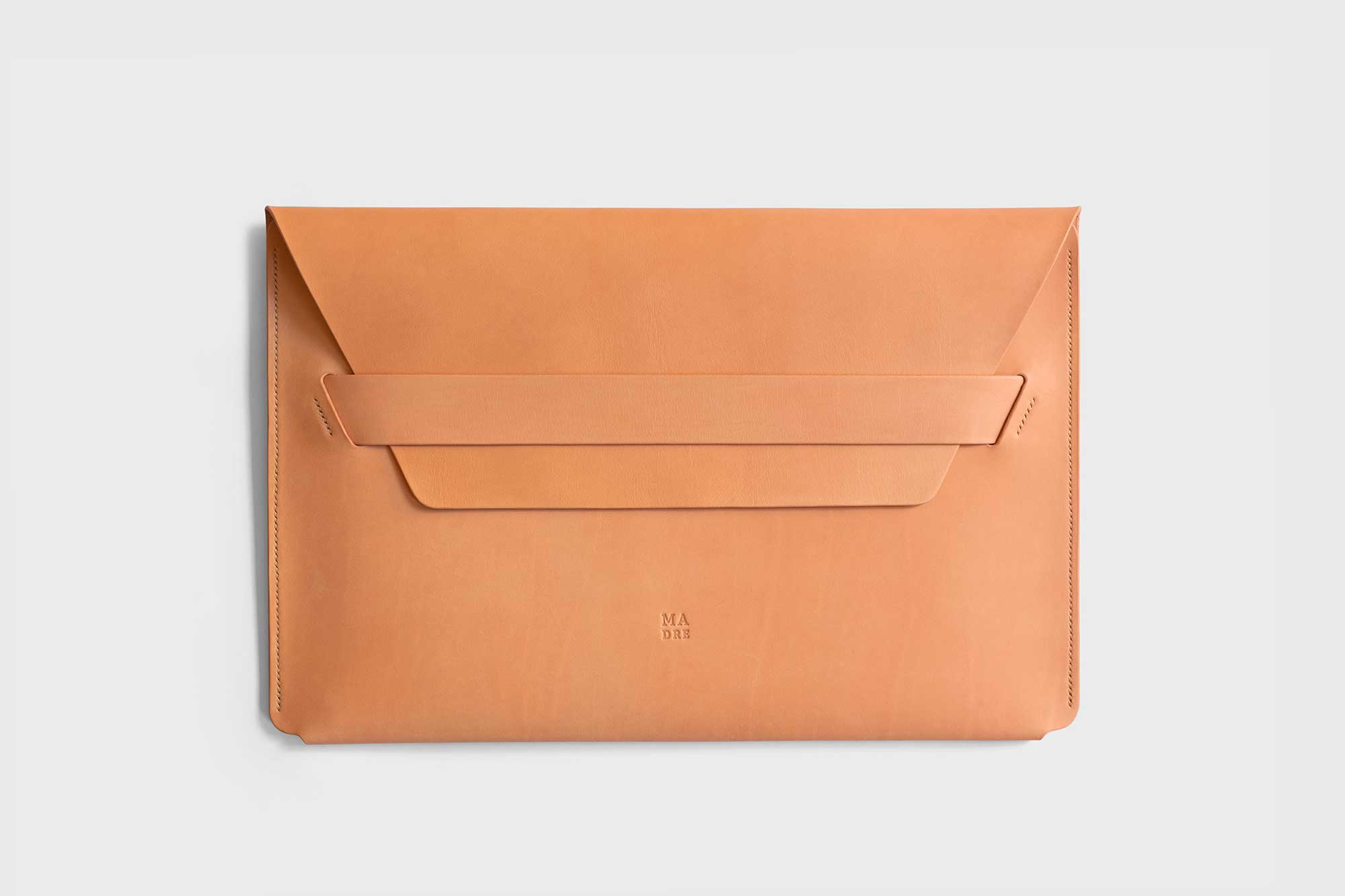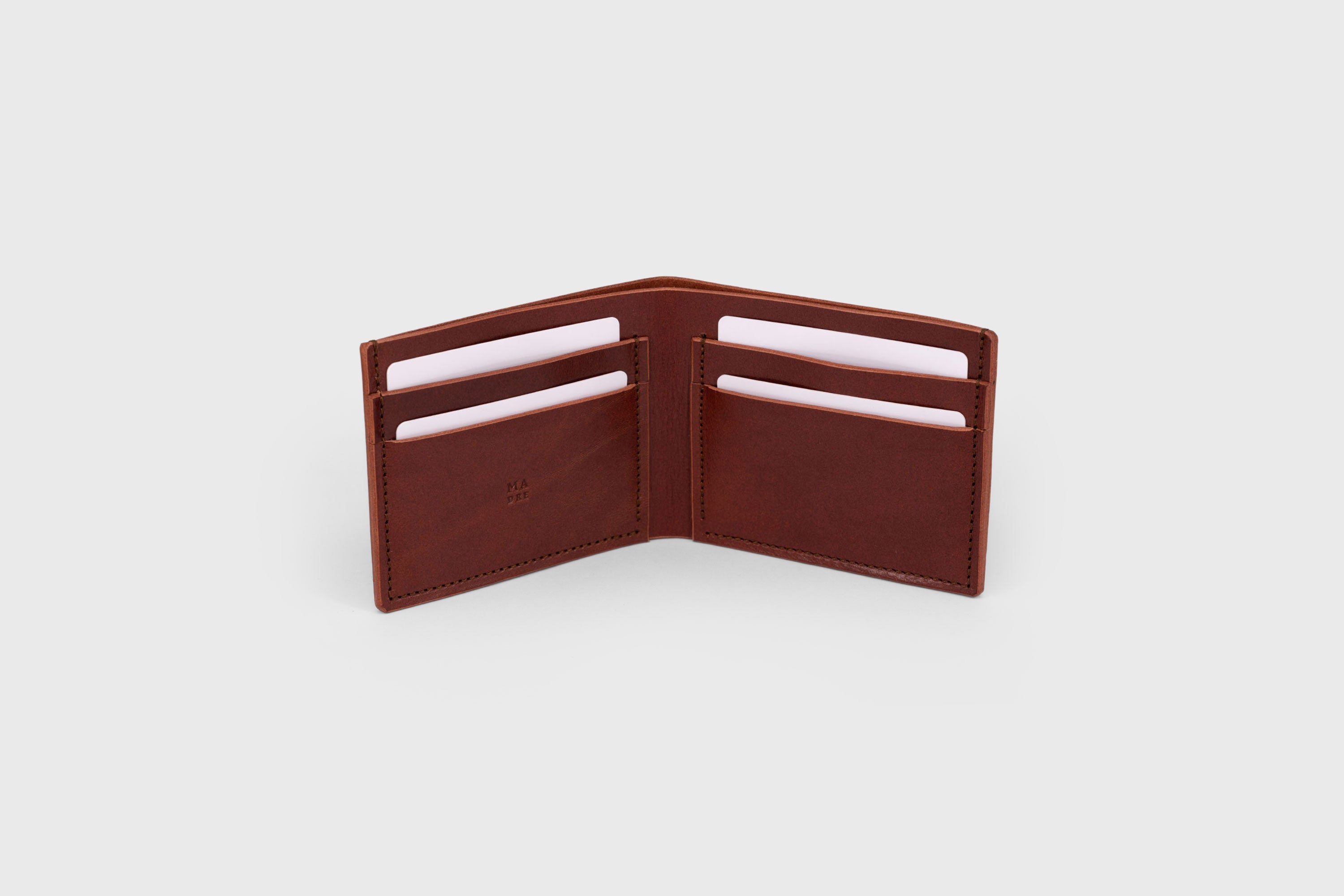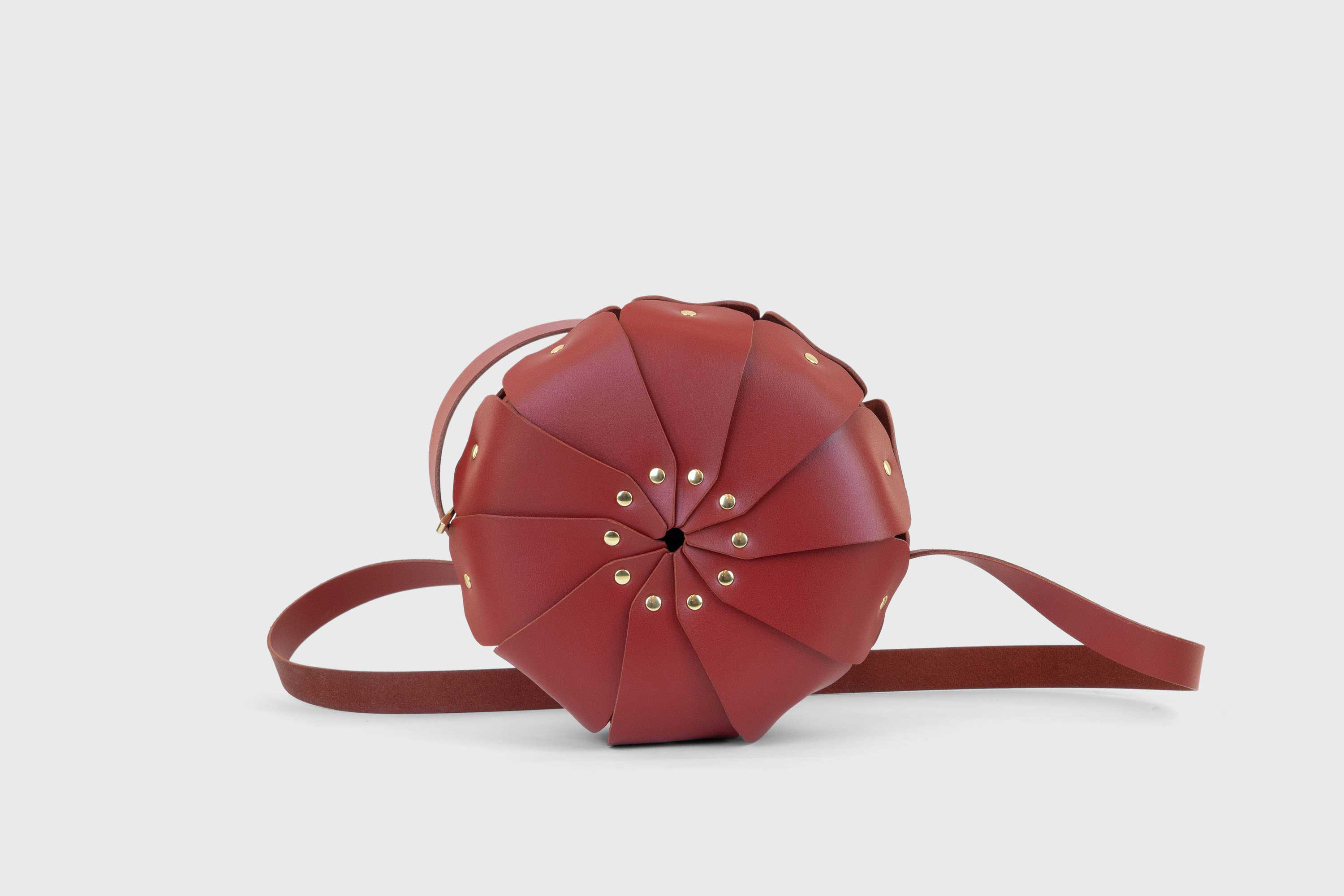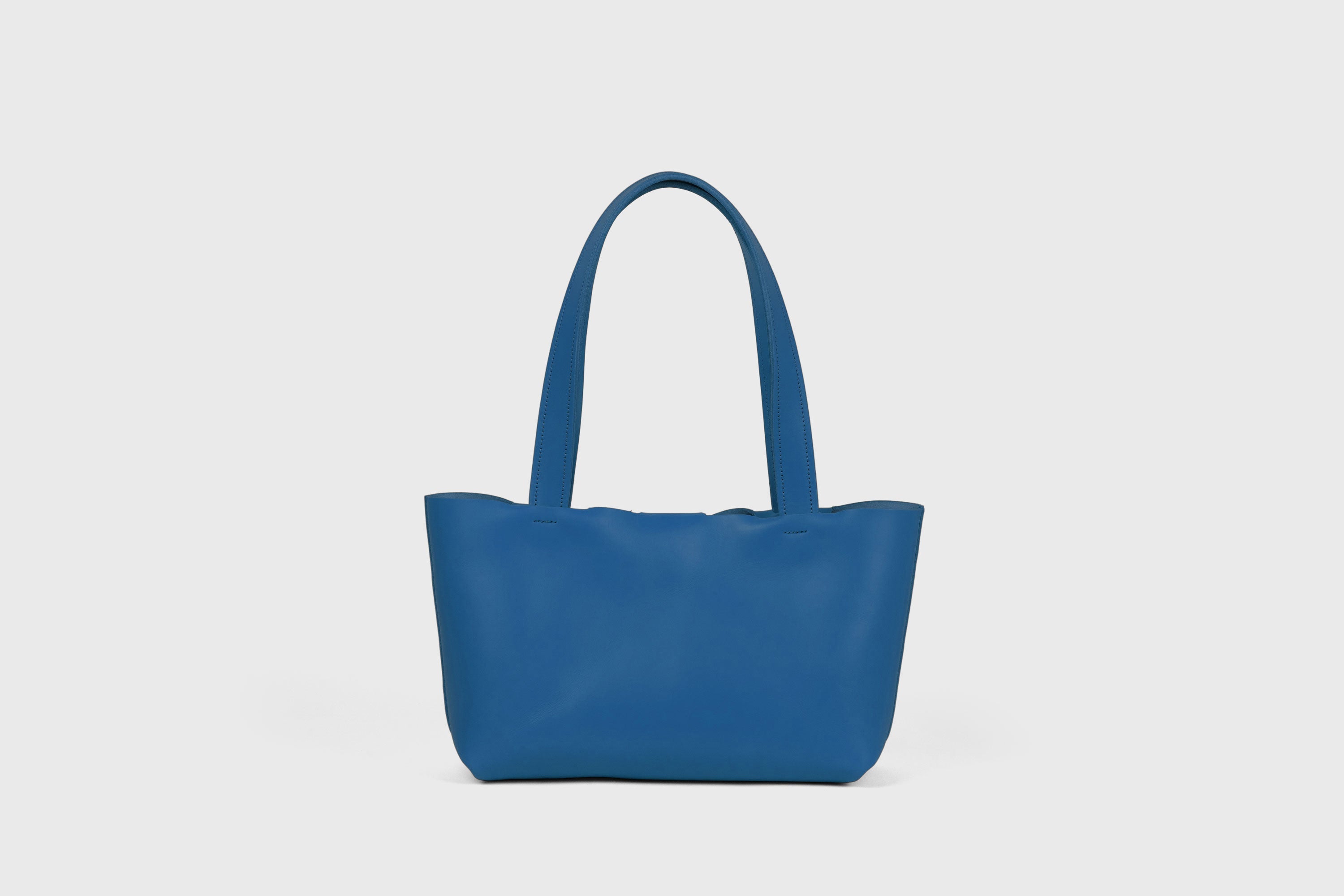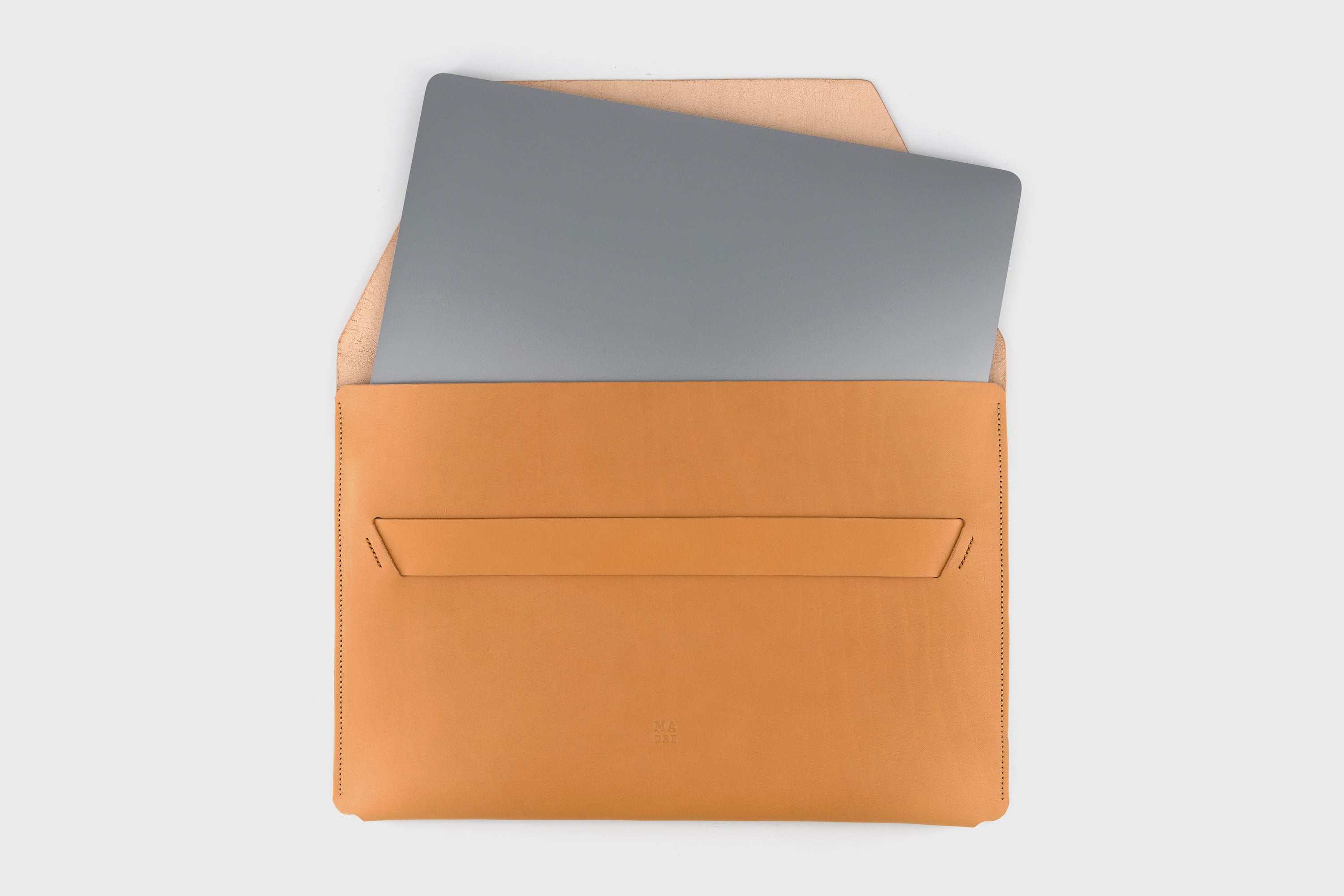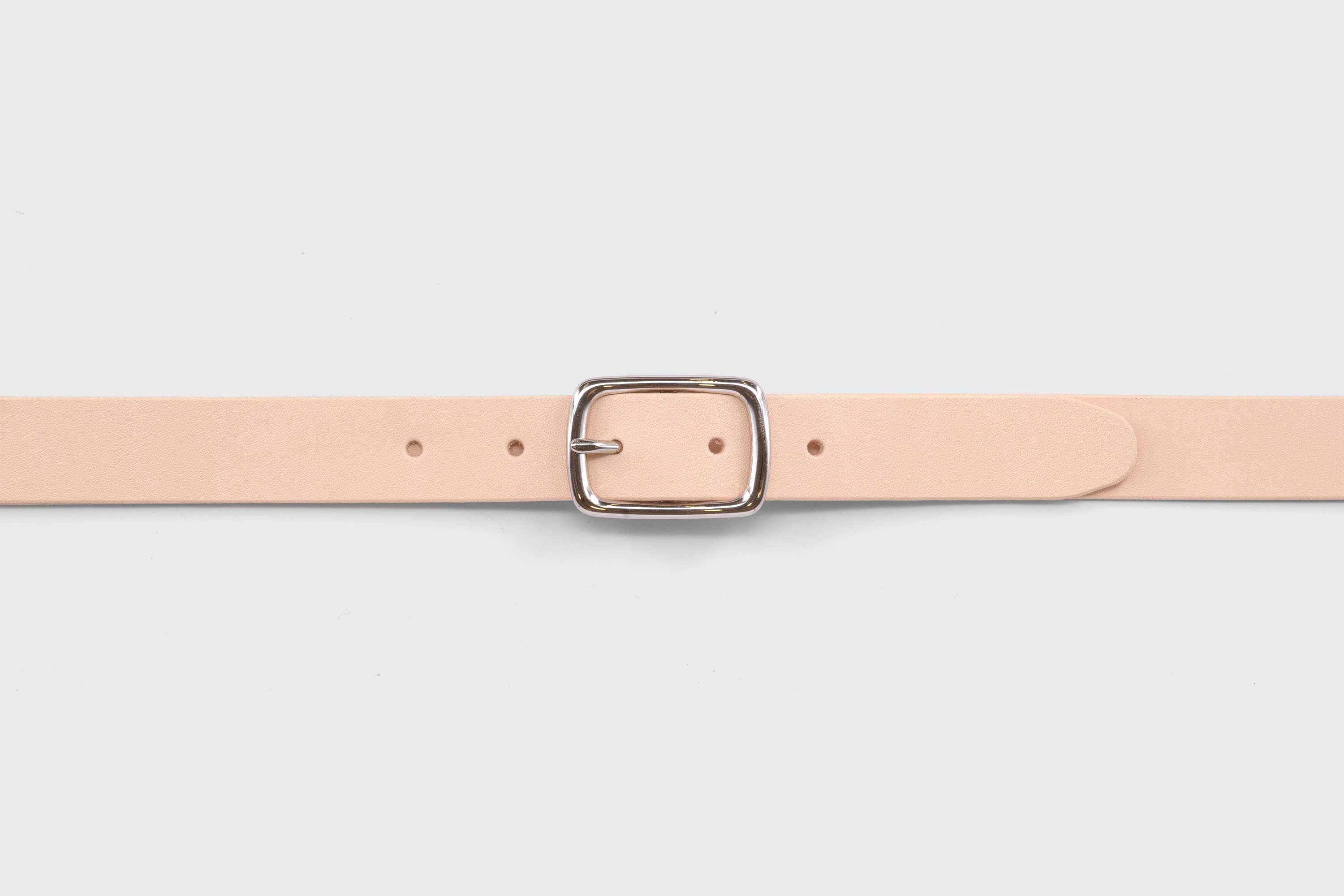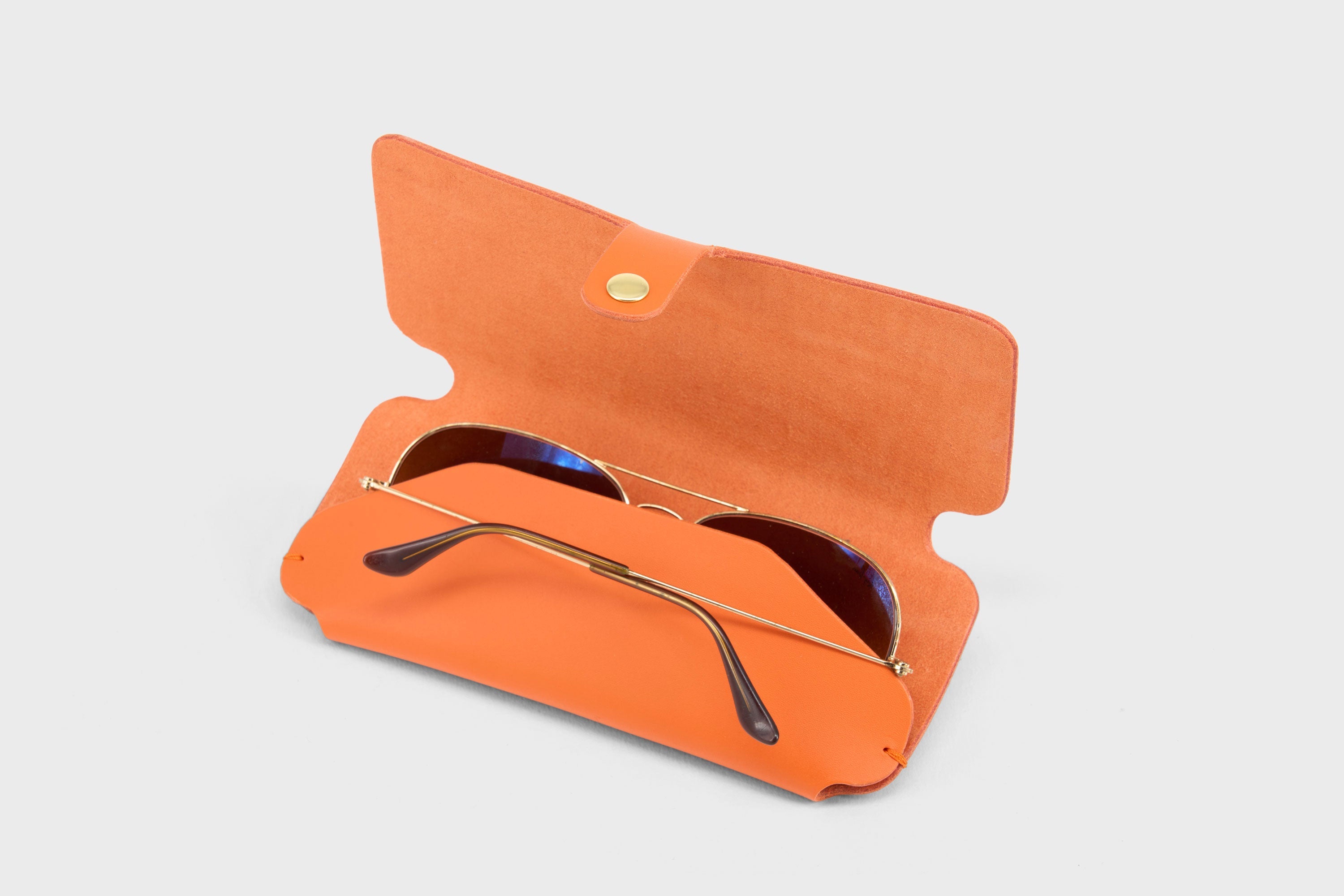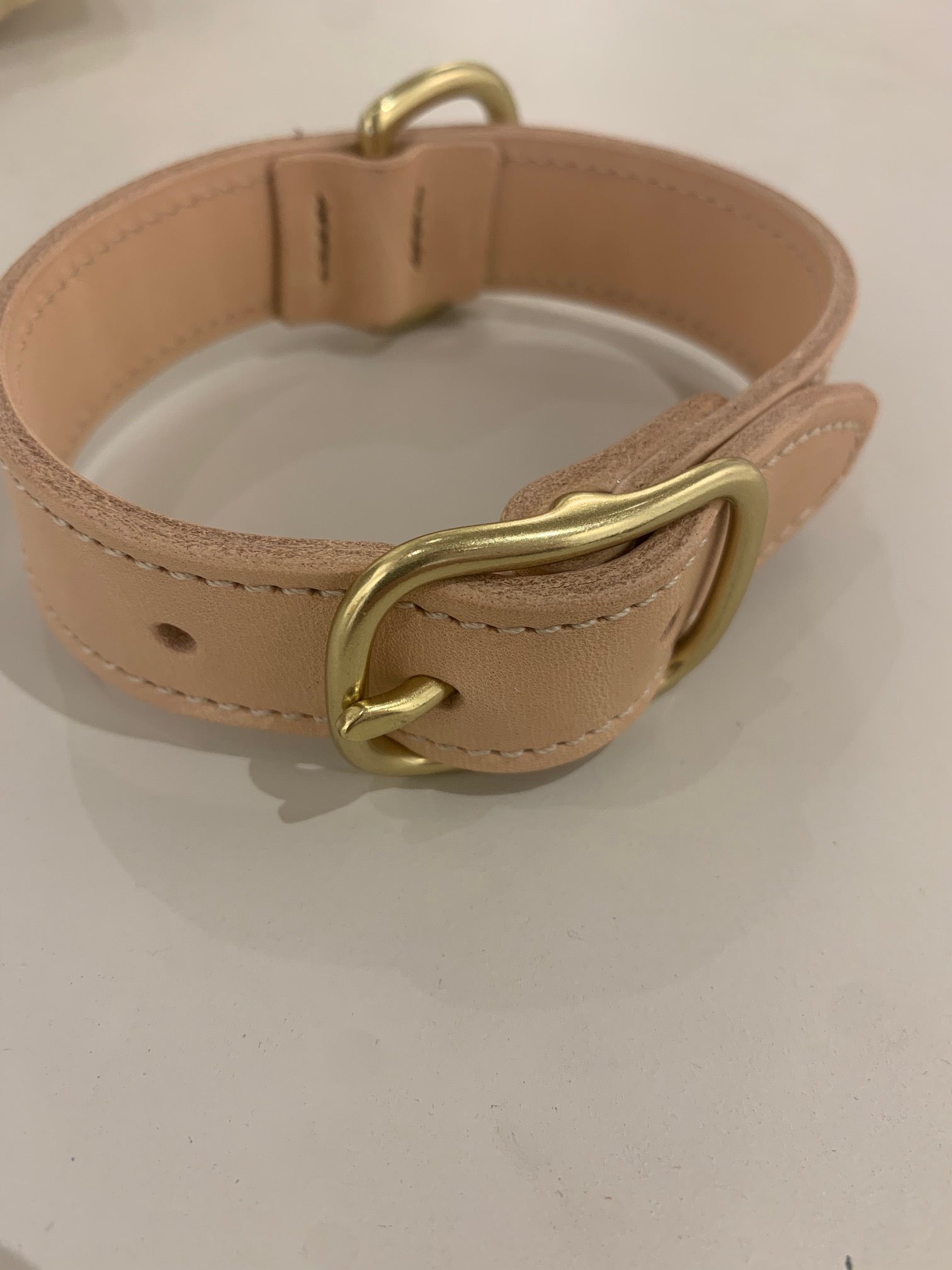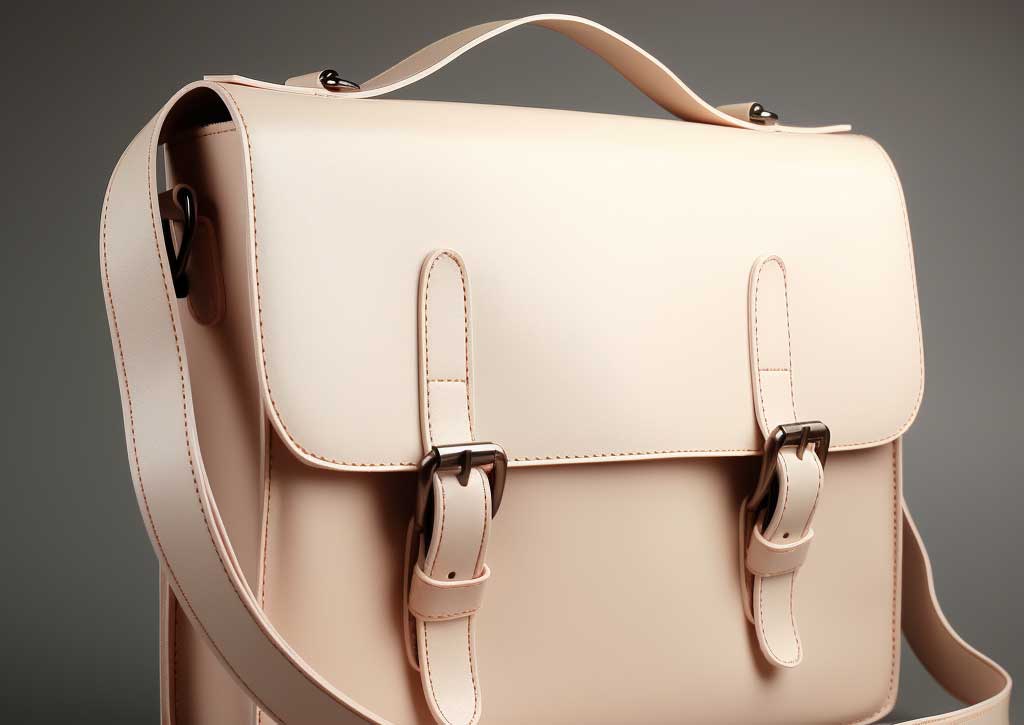
Genuine leather, what does it really mean?
We often get customers into our shop who ask us, if we are working with genuine leather. So we explain them that we are working with full grain leather, as it is the best option on the market. That is the very short explanation we can give in the time given, however here is a full explanation what genuine leather actually means:
Genuine leather means?
There are different grades of leather, with some being of higher quality than others. The term "genuine leather" is often used to describe lower-quality leather products that are made from the less desirable parts of the hide and are often treated with chemicals to give them a uniform appearance. These leather products may look like high-quality leather but are often of lower quality and do not last as long as premium leather products.
Additionally, the use of the term "genuine leather" can be confusing because it is often used interchangeably with "real leather." While both terms suggest that the product is made from real animal hides, "real leather" is a more accurate term as it does not imply that the product is of a certain quality.
In conclusion, the use of the term "genuine leather" can be misleading to consumers and should be used with caution. It is important for consumers to understand the different grades of leather and to carefully examine the product before making a purchase to ensure they are getting a high-quality leather product that meets their needs and expectations.
What are the different grades of leather?
Not all leather is created equal. Different grades of leather exist, each with its own unique characteristics and qualities. Understanding the different grades of leather is important for consumers who want to make informed decisions when purchasing leather goods.
The main grades of leather are:
-
Full Grain Leather: This is the highest quality leather and is made from the top layer of the hide. It is the most natural and unprocessed form of leather, and it retains all the natural markings and imperfections of the hide, giving it a unique character. Full grain leather is highly durable and develops a beautiful patina over time.
-
Top Grain Leather: This type of leather is made from the top layer of the hide that has had the surface sanded and buffed to remove any imperfections. It is still a high-quality leather but is less durable than full grain leather and does not develop the same patina.
-
Corrected Grain Leather: This is a lower-quality leather that has had the surface altered to hide imperfections and provide a uniform appearance. It is often treated with chemicals and pigments to enhance its appearance. Corrected grain leather is less durable than full grain and top grain leather.
-
Bonded Leather: This is the lowest quality leather and is made from scraps of leather that are bonded together with a synthetic material. It is often used in lower-priced products and has a uniform appearance but is not as durable as other grades of leather.
In conclusion, understanding the different grades of leather is important for consumers who want to make informed decisions when purchasing leather goods. Full grain leather is the highest quality leather, while bonded leather is the lowest quality.
What leather grade is genuine leather?
The term "genuine leather" is often used to describe a product made from real animal hides, but it does not specify the quality of the leather. The grade of leather referred to as "genuine leather" can vary widely depending on the manufacturer and can range from high-quality full grain leather to lower-quality bonded leather.
In general, "genuine leather" is used to describe a leather product that is made from real animal hides but is not of the highest quality. It is often used as a catch-all term to describe a product that is made from real leather but is not top-grain or full-grain.
It is important to keep in mind that the term "genuine leather" is not a regulated term and can be used to describe any product made from real animal hides, regardless of its quality. So in most cases brands use the term genuine leather to keep the customers uninformed about the low quality of the leather.
Why do we use full grain leather?
Full grain leather is considered the highest quality leather and is prized for its durability, beauty, and natural character. Here are some of the main advantages of full grain leather:
-
Durability: Full grain leather is the strongest and most durable type of leather. It is known to last for decades or even longer when properly cared for.
-
Natural Character: Full grain leather retains all the natural markings, grain patterns, and imperfections of the hide, giving each piece a unique and natural character.
-
Patina: Full grain leather develops a beautiful patina over time, giving it a rich and warm appearance. This natural aging process only enhances the beauty of the leather.
-
Comfort: Full grain leather is comfortable to wear and use because it is soft and supple, allowing it to mold to the shape of the wearer or user over time.
-
Environmentally Friendly: Full grain leather is considered a more environmentally friendly choice than synthetic materials because it is a natural product that biodegrades over time.
-
Versatility: Full grain leather can be used in a variety of applications, including clothing, accessories, and furniture, and can be dressed up or down depending on the occasion.
What is the difference between top grain leather and full grain leather?
You may come across terms like "top grain" and "full grain" leather. Understanding the difference between these two types of leather can help you make an informed purchasing decision.
Top grain leather is the second highest quality leather after full grain leather. It is made from the top layer of the hide, which has been sanded and finished to remove imperfections and to create a uniform appearance. This type of leather is often used in clothing, shoes, handbags, and other fashion items.
On the other hand, full grain leather is the highest quality leather available. It is made from the entire hide, including the top grain and all its natural markings, grain patterns, and imperfections. This type of leather is often used in high-end furniture, leather goods, and accessories.
The main difference between top grain and full grain leather is that top grain leather has been sanded and finished to remove natural imperfections and create a uniform appearance. Full grain leather, on the other hand, retains all its natural markings, grain patterns, and imperfections, giving it a unique and natural character.
When it comes to durability, full grain leather is the most durable type of leather because it retains all its natural strength and toughness. Top grain leather, on the other hand, is still a strong and durable type of leather but not as strong and durable as full grain leather.
In terms of appearance, full grain leather will develop a rich patina over time, which only adds to its natural beauty. Top grain leather will not develop a patina and will retain its uniform appearance over time.
Why is the term "genuine leather" not regulated?
The term "genuine leather" is not regulated because there are no specific standards or guidelines for its use in the leather industry. This term is often used to describe a lower quality leather that may be made from the scraps and leftovers of other leather products. As a result, the term "genuine leather" can be used to describe a wide range of leather products, making it difficult for consumers to understand what they are buying.
Moreover, the leather industry is not subject to strict regulations and standards, which allows manufacturers and sellers to use terms like "genuine leather" without having to meet any specific criteria.
The lack of regulation in the leather industry and the broad definition of "genuine leather" make it difficult for consumers to understand what they are buying when they see this term used in product descriptions. To ensure that you are getting a high-quality leather product, it's important to look for products made from specific types of leather, such as full grain or top grain leather, and to research the manufacturer and seller before making a purchase.
How can i spot the difference between a genuine leather product and a synthetic leather product?
Spotting the difference between genuine leather and synthetic leather can be challenging, but there are a few key characteristics that can help you distinguish between the two. Here are some tips:
-
Smell: Genuine leather has a natural, earthy smell, while synthetic leather often has a chemical odor.
-
Touch: Genuine leather has a soft and supple feel, while synthetic leather can feel stiff and plastic-like.
-
Appearance: Genuine leather has natural variations in texture and color, while synthetic leather is often uniform in appearance.
-
Durability: Genuine leather is more durable and ages well over time, while synthetic leather is prone to cracking and peeling.
-
Burn Test: You can perform a burn test by lighting a small corner of the leather product and observing the burn marks. Genuine leather will have a distinct smell, will turn to ash, and leave behind a small residue. Synthetic leather will melt and release toxic fumes.
-
Label or Tag: Check the label or tag of the product for information about the type of leather used. If the product is made from genuine leather, it should be stated clearly on the label.
It is important to note that some synthetic leather products are of high quality and may look and feel similar to genuine leather. It is always best to research the specific product and brand to make an informed decision.
Why buying genuine (or better, real) leather?
While both genuine leather and synthetic leather have their own advantages and disadvantages, there are several reasons why genuine leather is considered better than synthetic leather.
-
Durability: Genuine leather is known for its durability and long-lasting quality. It can withstand heavy use and resist wear and tear over time.
-
Authenticity: Genuine leather is a natural material, and its unique characteristics, such as variations in color and texture, add to its authenticity and beauty.
-
Patina: Over time, genuine leather develops a unique patina, which adds character and beauty to the material.
-
Comfort: Genuine leather is a soft, flexible, and comfortable material to wear and touch.
-
Environmentally Friendly: The production of genuine leather typically has a lower environmental impact than synthetic leather, as it is made from a renewable resource.
Where is genuine leather used?
Lower quality genuine leather is often used in products where its strength and durability are not critical factors. Some common examples include:
-
Furniture: Lower quality leather may be used in budget-friendly furniture options, such as sofa cushions and armrests, where the leather is less likely to be subjected to heavy wear and tear.
-
Clothing: Lower quality leather may be used in budget-friendly clothing items, such as jackets or pants, where the leather is less likely to be subjected to heavy wear and tear.
-
Accessories: Lower quality leather may be used in budget-friendly accessories, such as wallets, belts, and handbags, where the leather is less likely to be subjected to heavy wear and tear.
It's important to note that while lower quality leather may not be as durable as higher quality leather, it can still be a suitable choice for certain applications, such as those listed above, where durability is not a critical factor. For example lining in products.
